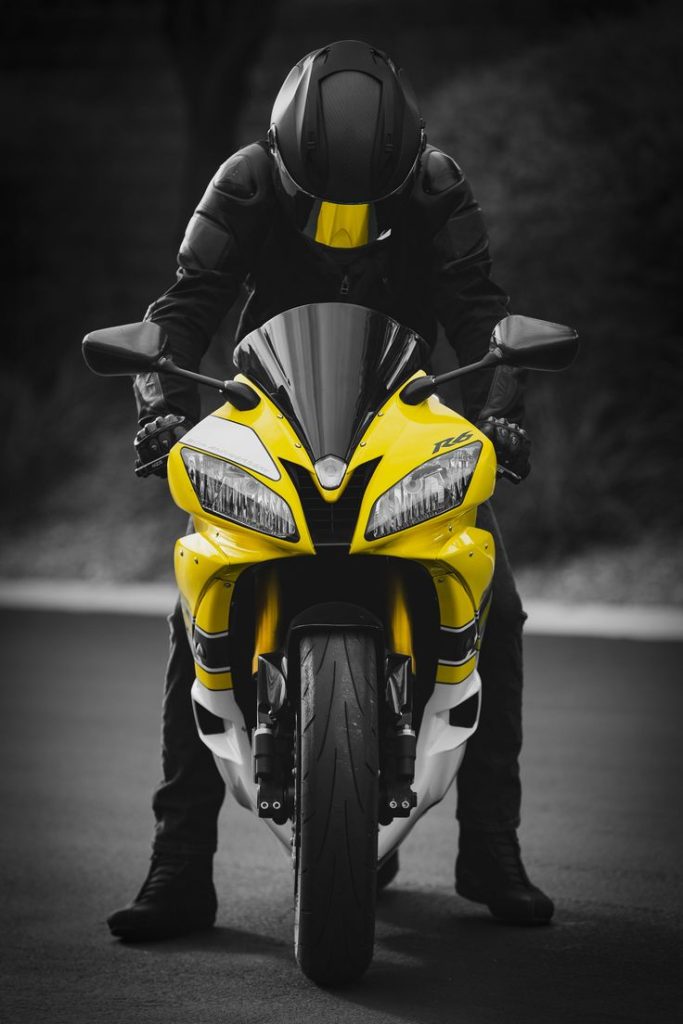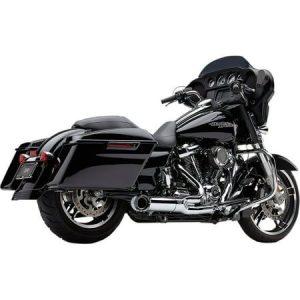Ever felt that jerk or lurch when coming to a stop on your motorcycle? That’s a sign of improper downshifting. While upshifting gets you going, downshifting is equally important for maintaining control and slowing down smoothly. It’s more than just pulling a lever; it’s a coordinated dance between clutch, throttle, and brakes.
This comprehensive guide will equip you with the knowledge and techniques to downshift like a pro, enhancing your safety and confidence on the road.
Understanding Downshifting: Why It Matters
Downshifting isn’t just about slowing down. It serves several crucial purposes:

- Engine Braking: When you downshift and release the clutch, the engine acts as a brake, helping slow down the motorcycle without relying solely on the brakes. This reduces wear and tear on your brakes and provides more precise control, especially on descents.
- Maintaining Control: Downshifting keeps your engine RPMs (revolutions per minute) in the proper range for the speed you’re going. This prevents the engine from laboring or stalling, which can lead to a loss of control.
- Smoother Stops: Proper downshifting allows for smooth and controlled deceleration, eliminating the jerky feeling you might experience otherwise. This not only improves your riding experience but also makes you a more predictable rider for others on the road.
The Mechanics of Downshifting: A Step-by-Step Breakdown
Now that you understand the importance of downshifting, let’s break down the mechanics involved:

- Roll Off the Throttle: The first step is to gradually roll off the throttle, signaling your intention to slow down. This helps prevent engine strain and makes the downshift smoother.
- Engage the Clutch: Squeeze the clutch lever fully with your left hand, disengaging the engine from the transmission. This allows you to shift gears without grinding.
- Downshift: With the clutch engaged, use your left foot to press down firmly on the gear shifter. The number of downshifts depends on your current speed and desired stopping point. Generally, downshift one gear at a time, especially when braking heavily.
- Feel the Click: You should feel a positive click as the gear engages. Don’t force the shifter if it feels stuck. Ease off and retry with the clutch fully engaged.
- Feather the Clutch: This is the key to a smooth downshift. Slowly release the clutch lever while simultaneously applying a slight amount of throttle. This helps match the engine RPMs to your current speed, preventing the jerky feeling.
- Repeat (if necessary): Depending on how much you need to slow down, you may need to repeat steps 1-5, downshifting further. Remember, downshift progressively for a smoother and more controlled deceleration.
- Apply Brakes: While downshifting helps with slowing down, don’t forget to use your brakes as well. Apply them progressively in conjunction with downshifting for optimal control.
Motorcycle: Tips and Techniques for Flawless Downshifting
Here are some additional tips to elevate your downshifting skills:
- Practice in a Safe Environment: Before hitting the open road, get comfortable with downshifting in a controlled environment like a parking lot. This allows you to focus on the technique without worrying about traffic.
- Find the Friction Point: The friction point is the sweet spot on the clutch lever where it starts to engage and disengage the drive train. Familiarize yourself with this point for smoother clutch control during downshifting.
- Rev Matching (Optional): Rev matching, also known as blipping the throttle, involves giving a quick twist of the throttle just as you disengage the clutch to downshift. This helps synchronize the engine RPMs with the selected gear, resulting in an even smoother downshift. While not essential for beginners, rev matching can be a valuable skill to learn for more experienced riders.
- Downshifting for Cornering: Downshifting before entering a corner helps maintain proper engine RPMs and keeps the bike balanced. However, avoid downshifting while leaning in the corner, as this can destabilize the motorcycle.
Common Downshifting Mistakes and How to Avoid Them
Even seasoned riders can make mistakes when downshifting. Here are some common pitfalls to avoid:

- Jerky Clutch Release: Letting go of the clutch lever too abruptly will cause a jerky feeling as the engine RPMs don’t match the road speed. Focus on a slow and controlled release while applying a bit of throttle.
- Downshifting Too Late: Waiting until the last minute to downshift can lead to excessive braking and potential loss of control. Aim to downshift progressively as you slow down.
- Engine Stalling: This can happen if you downshift to too low a gear while going too fast. It can also occur if you don’t release the clutch lever smoothly while applying throttle. Be mindful of your speed and clutch control to prevent stalling.
- Forgetting the Brakes: Downshifting is an important part of slowing down, but it doesn’t replace braking. Use both techniques in conjunction for optimal control.
Advanced Downshifting Techniques: Taking Your Skills to the Next Level
Once you’ve mastered the basics, you can explore some advanced downshifting techniques:

- Heel-and-Toe Downshifting: This advanced technique allows you to downshift and apply rear brake simultaneously. It involves using the ball of your foot to downshift and the heel of your foot to activate the rear brake lever. Mastering this technique takes practice but allows for very smooth and efficient downshifting, especially beneficial for aggressive riding or racing.
- Engine Braking Control: As mentioned earlier, downshifting provides engine braking. You can learn to modulate this effect by varying the amount of throttle you apply while releasing the clutch. This allows for more precise control over your deceleration, particularly useful on downhill sections.
The Benefits of Smooth Downshifting: More Than Just Feeling Cool
Mastering the art of downshifting goes beyond simply looking smooth. It offers numerous benefits for you and your motorcycle:
- Enhanced Safety: Smooth downshifting provides better control over your motorcycle, especially during braking and cornering. This translates to a safer riding experience for you and reduces the risk of accidents.
- Reduced Wear and Tear: Proper downshifting utilizes engine braking effectively, reducing reliance on the brakes alone. This translates to less wear and tear on your brake pads and rotors, saving you money on maintenance costs.
- Improved Motorcycle Longevity: By minimizing engine strain and avoiding jerky motions, smooth downshifting contributes to the overall health of your motorcycle’s engine and drivetrain.
- Increased Confidence: The ability to downshift smoothly and efficiently boosts your confidence on the road. You’ll feel more in control and comfortable maneuvering your motorcycle in various situations.
Ready to Ride Smoothly? Invest in the Right Gear-Motorcycle
Having the proper gear can significantly enhance your downshifting experience:

- Motorcycle Boots: A good pair of motorcycle boots provides a secure feel on the gear shifter and allows for precise control while downshifting.
- Riding Gloves: Proper gloves offer a good grip on the clutch lever, essential for smooth clutch control during downshifting.
- Aftermarket Shifter (Optional): Some riders prefer aftermarket shifters that offer shorter throws or different lever angles for a more comfortable and efficient downshifting experience.
Downshifting Like a Pro – Master the Art and Experience the Ride
Downshifting is a fundamental skill for any motorcycle rider. By understanding the mechanics, practicing the techniques, and avoiding common mistakes, you can master the art of downshifting and elevate your riding experience. Remember, smooth downshifting translates to better control, increased safety, and a more enjoyable ride. So, put on your gear, grab your motorcycle keys, and head out to practice!
